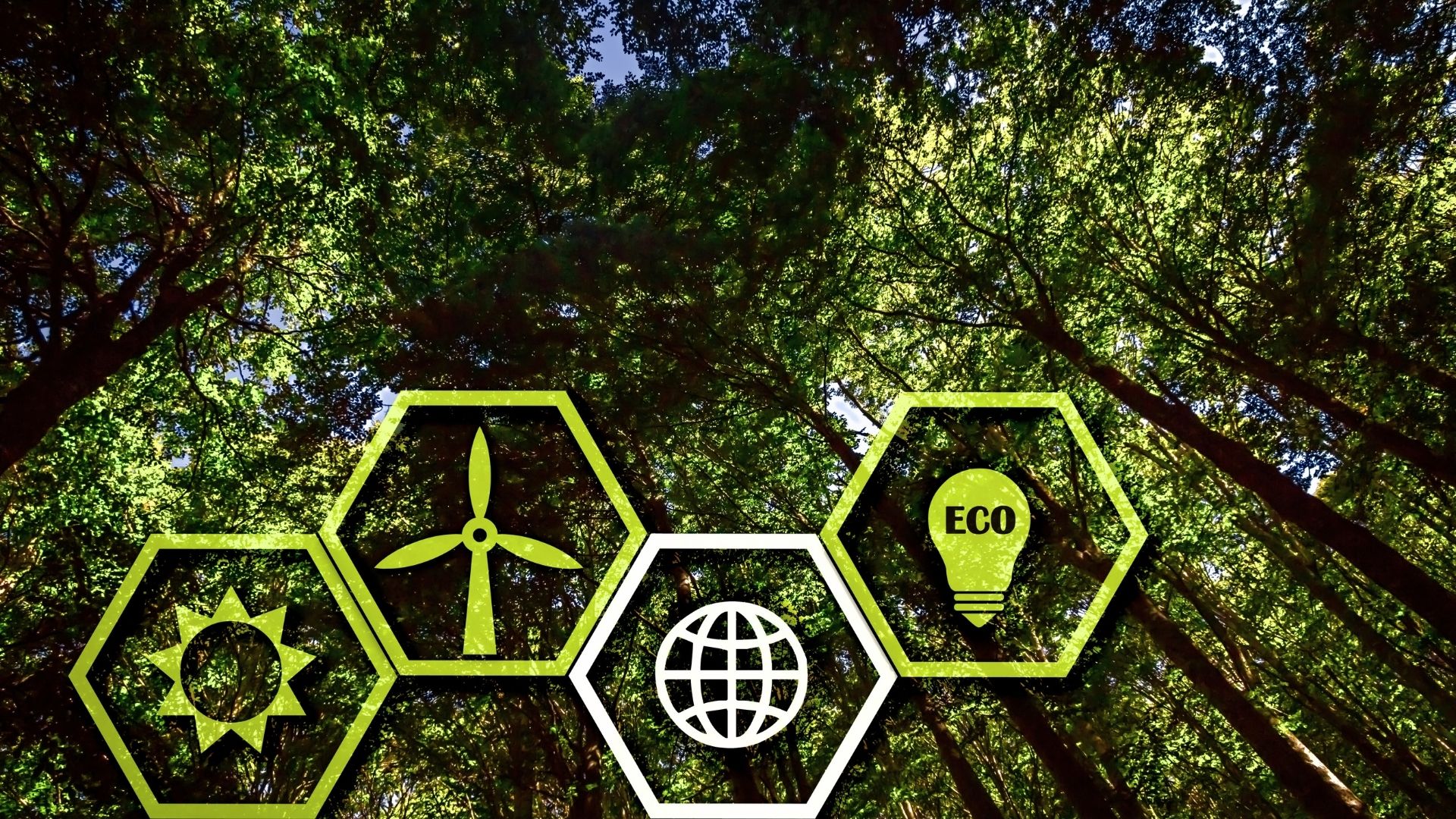Press Release
New Delhi, December 07, 2023: As negotiations and discussions build up around the Fossil Fuels phase-out at the COP28 in Dubai, back home, for the second year in a row, no coal power plant has received project finance lending in 2022, found an analysis authored by Centre for Financial Accountability (CFA) and Climate Trends. Indicating that lenders preferred financing renewable energy projects over coal, the report found that all energy projects that reached financial closure for project finance lending in 2022 were renewable energy projects. On the flip side, it also showed a 45% reduction in project finance to renewable energy.
The 2023 Coal vs Renewables Investment Report assessed 68 project finance loans across 11 coal and renewable energy projects in India that reached financial closure between 1 January 2022 and 31 December 2022. While renewable energy projects are defined as hydroelectric, geothermal, wave, wind, or solar power projects, this report looked at wind and solar project finance loans only. Total project finance loans amounted to INR 18,577 crore (USD 2.36 billion), of which 100% flowed into renewable energy projects. However, the total amount is a 45% decrease from 2021 levels. This could be a result of several external factors such as project delays due to the pandemic, supply line disruptions, increase in costs of finance due to higher interest rates as well as increased costs due to domestic policies.
Like last year, solar power was the dominant renewable energy, accounting for six out of eleven deals, or 40% of financing. However, solar lending in 2022 dropped by over 64% to INR 7,361 crore (USD 935 million), financing 1,849 megawatts (MW) of solar projects. Wind power comprised only 4% of total renewable energy lending in 2022, financing two projects equalling 144 MW of wind energy. This represents a more than 80% decrease compared to 2021.
“There has been curiosity around India not signing the global pledge to triple renewable energy and double energy efficiency at the COP28 despite it championing the idea during its G20 presidency. Since the pledge on renewables was framed in recognition of reducing investments in coal, most likely India did so to ensure it defends its use of coal for energy security in the foreseeable future.
However, this analysis shows project finance investments towards solar and wind in 2022 reflect India’s commitment to its NDC 2030 target of 500 gigawatts of electricity generation from non-fossil fuel sources. Making finance more accessible and affordable for renewable energy will not only help India outperform its own commitments but also strengthen its position as a climate leader of the global south,” said Aarti Khosla, Director, Climate Trends.
The majority of loans came from commercial banks, totalling five deals and 68% of overall funding. Commercial lending for renewable projects decreased by 51% from 2021 levels. The Coöperatieve Rabobank UA was the largest lender, with a loan totalling INR 7,749 crore (USD 985 million). This loan outperforms the largest renewables loan of 2021, provided by L&T Finance, which was INR 4,214 crore (USD 565 million).
“Cost of renewable energy with storage is now comparable and cheaper than new coal plant construction, irrespective of the location. Besides losing out to renewable energy on per unit cost of electricity, coal power plants will have to be retired within a decade from now. Financial institutions are reluctant to fund coal projects, be it power plant construction or coal mining, knowing fully well that the global outlook on coal remains heavily in the negative”, said Joe Athialy, Executive Director, Centre for Financial Accountability.
Like in 2021, Rajasthan was the biggest beneficiary of renewable energy lending compared to other Indian states, with over INR 7,579 crore (USD 963 million).
India has already installed close to 132 GW of renewable energy from its earlier target of 175 GW and yet is determined to make additional power demand be met by renewables where possible. The World Energy Outlook 2023 pegs that India will meet its 2030 target to have half of its electricity capacity be non-fossil well before the end of the decade. As financial institutions reduce their investments in coal projects, policy and regulations must also ensure more funds flow towards renewable energy projects.
Read the full report here: Coal Vs RE report 2023
Centre for Financial Accountability is now on Telegram and WhatsApp. Click here to join our Telegram channel and click here to join our WhatsApp channel and stay tuned to the latest updates and insights on the economy and finance.

